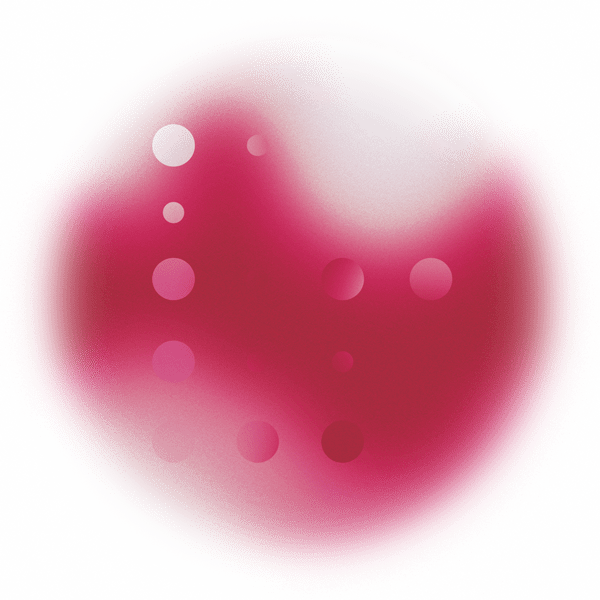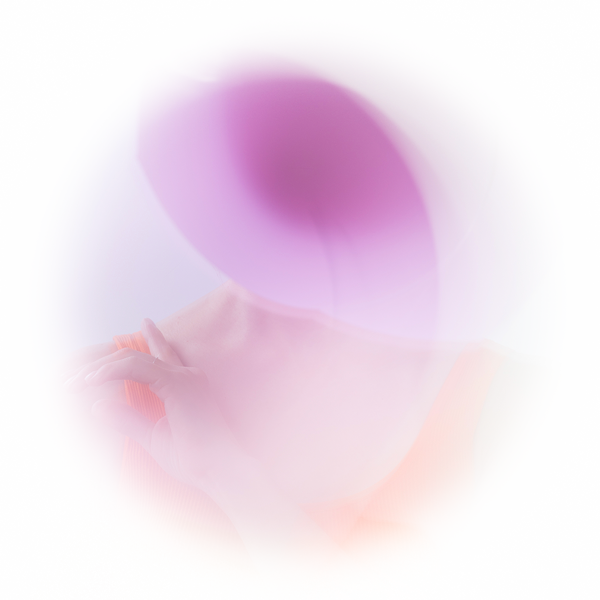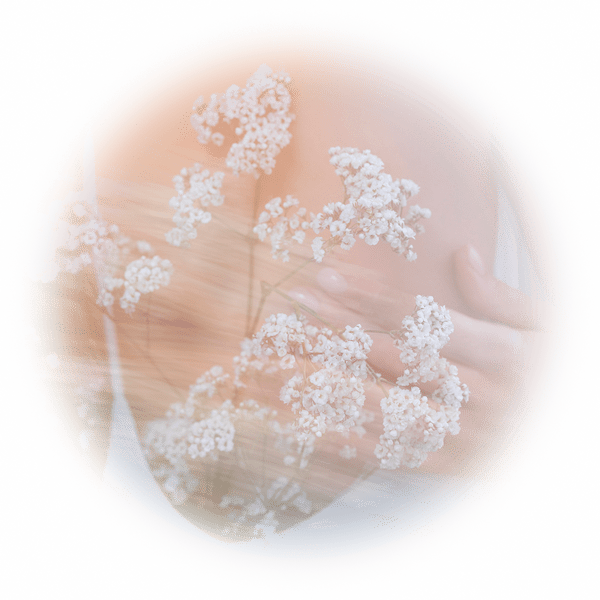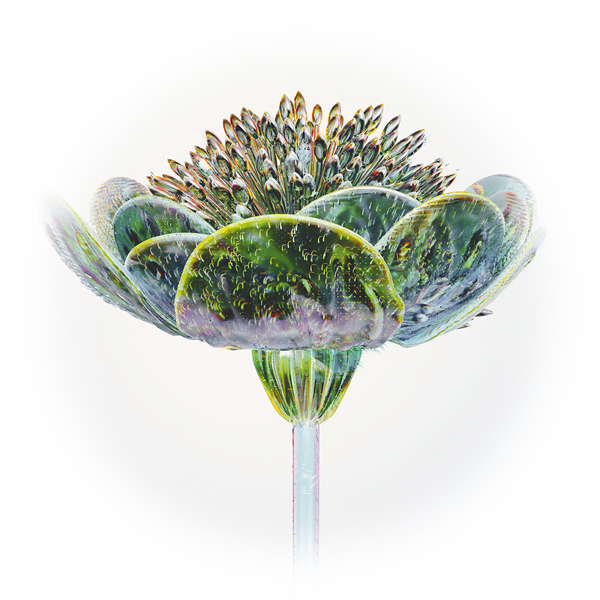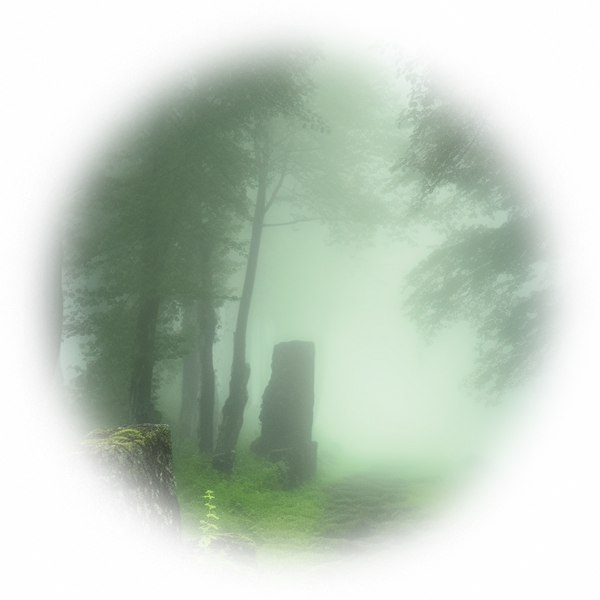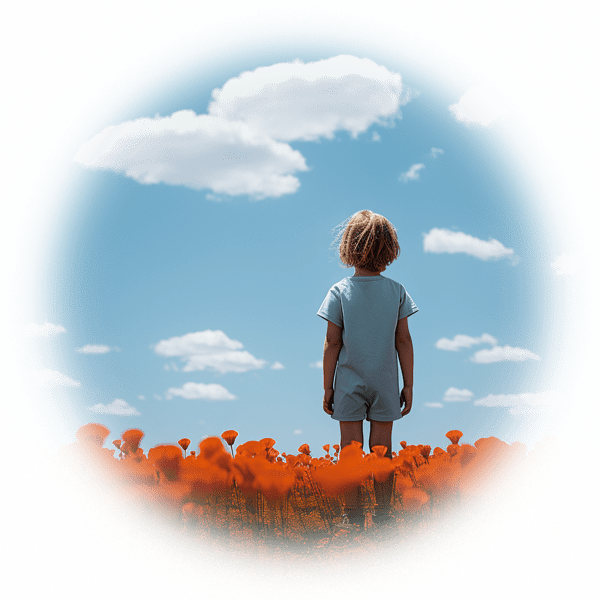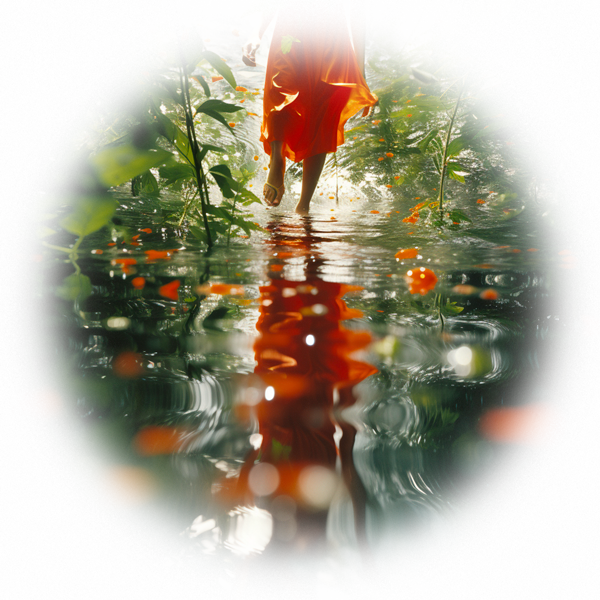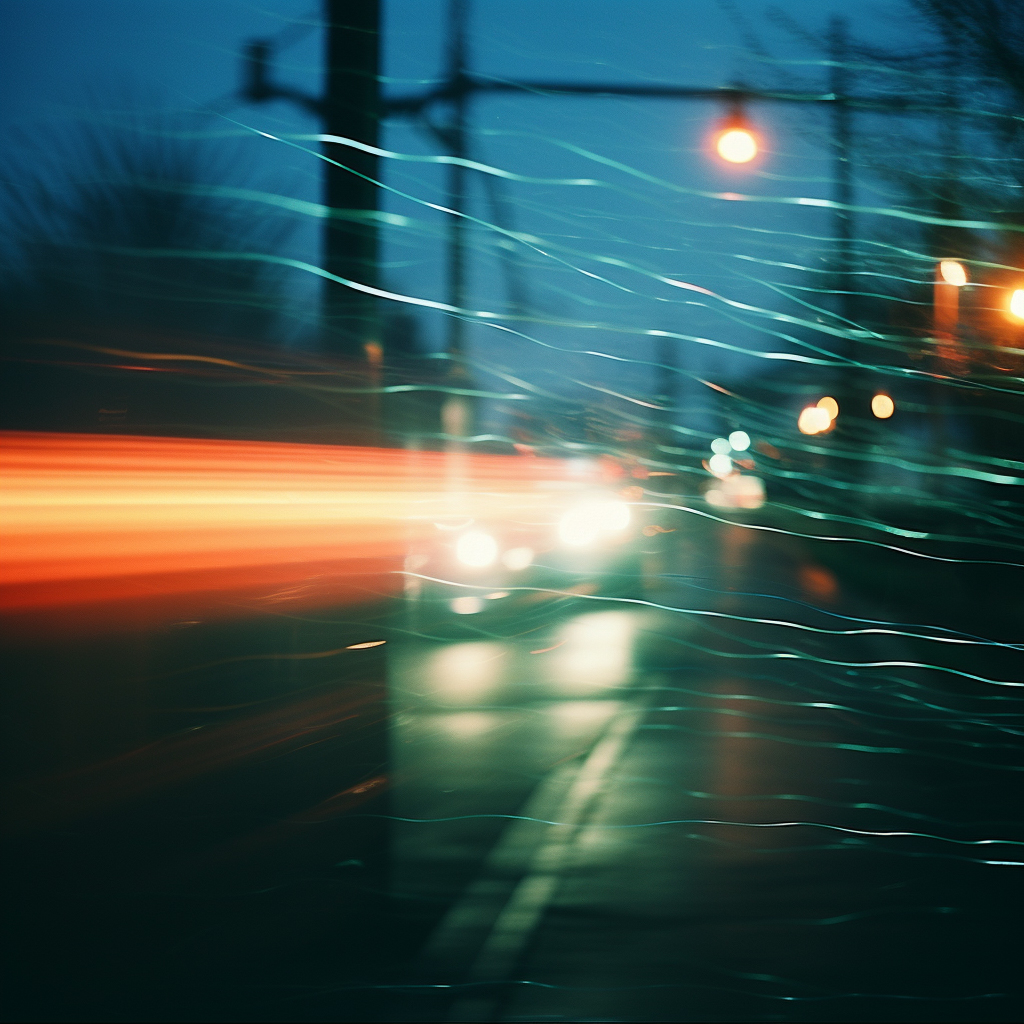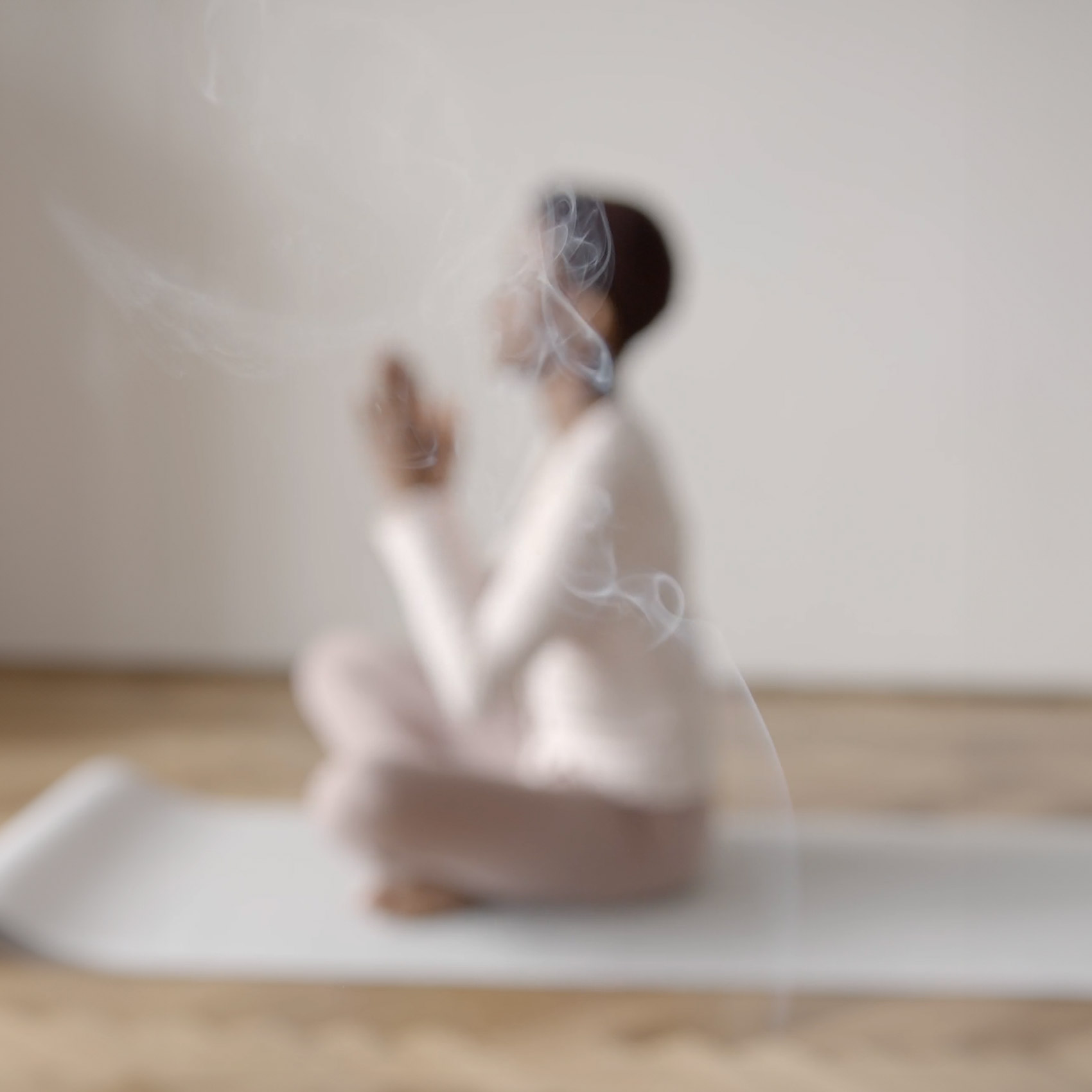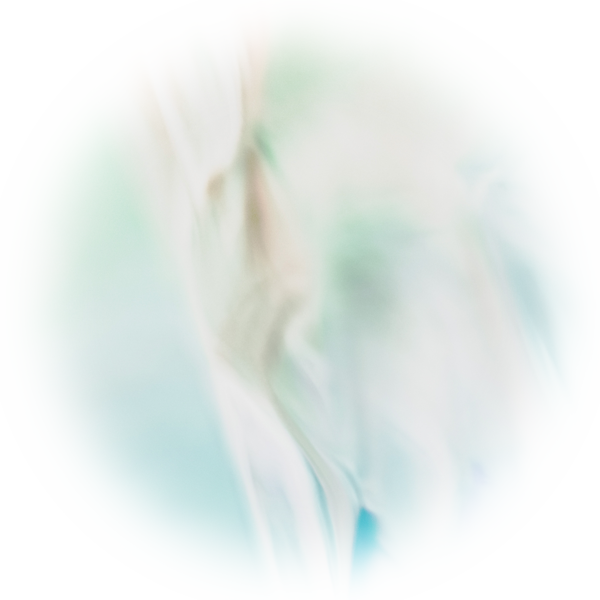You belong to a minority of people who can dream in scents. Is this a regular experience for you?
The experience of dreaming with scents is as unpredictable as it is fascinating. Sometimes, scents can sneak into my dreams, like unexpected whiffs during a quick nap; other times, they flood my sleep with aromas over several consecutive nights. They always leave me captivated and enchanted by the vividness of each dream’s smells, which usually carry their own emotional weight linked to personal memories, associations, and sensations that I capture upon waking.
When did you start noticing that you were smelling things in your dreams?
I cannot recall the precise moment when I began to perceive scents in my dreams, though it was likely during my childhood. I had always presumed that everyone experienced fragrances in their dreams, just as we do sounds, until a conversation with a scent researcher who corrected this erroneous belief. I distinctly remember discussing an exceptionally odorous dream from the previous night, only to be met with astonishment when this researcher revealed that this was an exceedingly rare phenomenon and shared scientific papers surrounding this intriguing condition! It was an epiphany, realizing that awakening with lucid memories and sensations from my dreams was not a universal experience. It was both astonishing and illuminating to learn of the distinctiveness of my scented dreams.
What kind of scents do you dream of? And how do they fit the overall “story” of your dreams?
In my scented dreams, I experience a range of smells that vary in presence and meaning. Like most people, many of my dreams have no discernible aroma at all. However, in some dreams, scents play a significant role. These smells can be highly recognizable, evoking very personal memories and sensations. At times, the aromas are more abstract or subtle, blending into the background like a ‘scentscape,’ contributing to the overall atmosphere of the dream. Then there are dreams where the smells take on a surreal and fantastical quality, reminiscent of a Dalí painting, where reality and imagination intertwine in unexpected ways, acting as a gateway to the subconscious mind.
For Dreaming in Smell (2021), you decided to document your dream memories in order to have the scents recreated by perfumers at IFF. How did that go?
Collaborating with perfumers to create scents from my dreams is an incredibly fascinating and creative endeavor. The scents I encounter in my dreams are deeply personal and subjective, necessitating a high level of communication, common references and sensorial inspiration to accurately convey these olfactory impressions. Perfumers have an extraordinary talent for transforming abstract ideas and sensory prompts into tangible scents. Working together enables us to push the limits of fragrance, drawing inspiration from these olfactory dreams. We immerse ourselves in the subtleties of my dreams, experimenting with various notes and blends to encapsulate the essence of these fleeting and intangible scents. It is a profoundly enriching and inspiring journey that connects the subconscious with the concrete world of perfumery.
Can you recall one of these olfactory dreams?
In one dream, I vividly recall the scent of burning palo santo. It was a sensory snapshot of my transition into manhood: my first trip abroad, marked by independence, discovery, and awakening. The backdrop of Led Zeppelin’s “Houses of the Holy” playing on a cassette tape added to the nostalgic atmosphere. I see wooden bookshelves in a corner of a bedroom, piled with books, magazines, and colored pencils. I open a window and burn palo santo to mask the scent of youth, feeling optimistic and auspicious as I prepare for the adventures ahead, ready to face the wind.
The fragrance captures the essence of masculinity in the 80s, with palo santo and sage as its main notes. Juniper berry, armoise, black pepper, tobacco, cedar, and amber add depth and character to this scented dream, reflecting the emotional journey of self-discovery.
In the end, how did people discover and interact with the scents in the exhibition?
During Dreaming in Smell (2021), visitors of the exhibition had the opportunity to experience my olfactory dreams through scents infused into bed linen and pillows. Fragrances were applied into fabric conditioners and linen sprays, providing an immersive and intimate encounter with the scents present in my dreams. I selected this medium to convey the olfactory dreams, considering the body as the catalyst for the smell in my dreams. This method allowed visitors to not only smell the scents but also to feel them closely, thus enhancing the overall experience and deepening their olfactory connection.
In a way, it’s like people were wandering in the effluvia of your brain!
Indeed it is!


